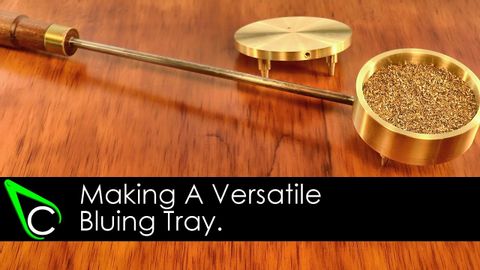
字幕與單字
首頁 機床工廠中的房間工具製作 - 製作一個多功能的藍化托盤 (Home Machine Shop Tool Making - Making A Versatile Bluing Tray)
00
陳光輝 發佈於 2021 年 01 月 14 日收藏
影片單字
hold
US /hold/
・
UK /həʊld/
- v.t.保留;容納;控制;拘留;舉行;握住;抓住;持有(某種特性);相信;確信;擁有;等待;使保持(某種狀態)
- n. (c.)(輪船或飛機的)貨艙;支撐點
- n. (u.)(支配他人的)力量
A1 初級初級英檢
更多 使用能量
解鎖所有單字
解鎖發音、解釋及篩選功能
